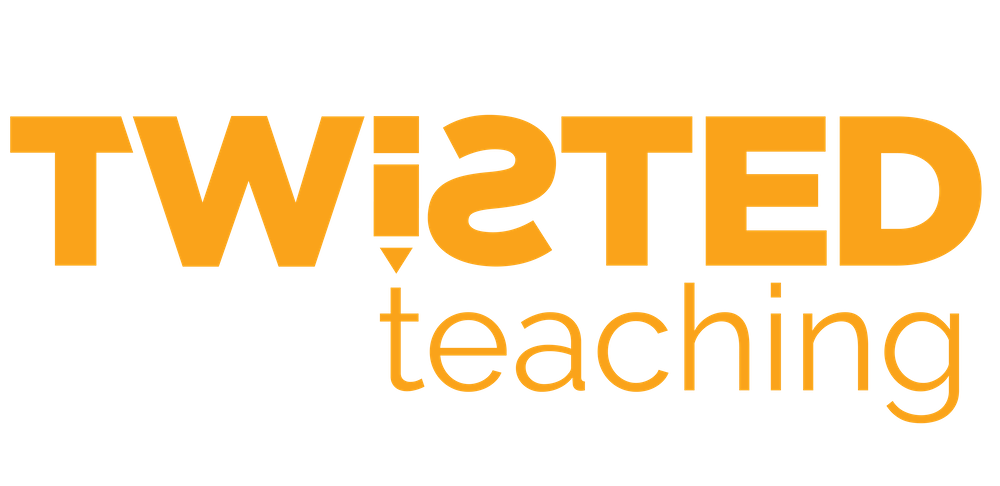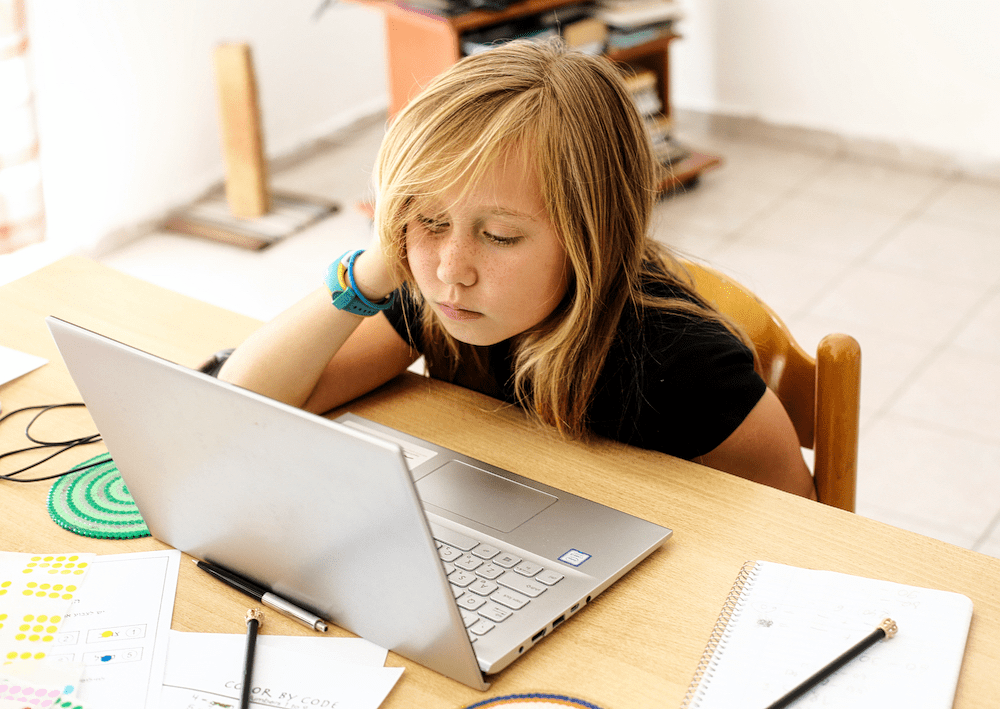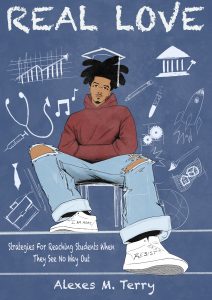As we approached the end of the fall semester, I have been in reflection mode, thinking about what worked and what did not work, not only for me but for my students as well. Let’s face it: online teaching is hard and despite my experience I entered this school year with, there were moments where I would say to myself, “what is going on?!” or “what are you doing?!” Virtual teaching is a beast, and one thing I took for granted was the level of intentionality required to ensure all students were engaged and learning. To be honest, my students were not learning because many of them were not showing up. I’d plan a lesson, outline talking points, sit at my desk excitedly waiting, and then stare at black screens for the whole day. “I want to see your faces,” I’d warmly plead. “Jared…how do you feel about________?” I questioned just to receive no response. Ugh! What is going on? Why are they not attending class? Why are they not submitting assignments? Why are they? Why are they? Why are THEY?
But what about me? Good teaching is good teaching across the board. The same elements necessary to reach and teach all students in a face-to-face setting are required in a virtual environment. Students need to experience REAL educators prepared to engage them in real learning experiences in a face-to-face setting. In the same manner, virtual learning required realness from educators. But again, we have to be intentional about it. Moment of honesty: I showed up to my virtual space with the same lessons that I used during face-to-face instruction. The only difference was the full incorporation of digital tools. Before the entire virtual shift, technology was always a big piece of my teaching, and I was skilled in using technology to create transformative learning experiences for my students. Apart from the technology and me showing up with the same old lessons, I was not doing anything new, nor was I intentional about creating a learning environment or experiences that were real; real enough to reach and teach all of the students on my roster.
Instead of moving forward, I had to stop and ask myself and my students (at least the ones who were showing up), “what am I doing wrong?” And if I can still be honest, students liked me, but they did not like my class. Despite how energetic I was and how alright I thought my lessons were, I still got “ugh…this class is boring” because I was not challenging the students who showed up to show out (my way of saying giving me their all). I am an author who just released a book on strategies to reach and teach all students, but I was not doing a good job at reaching and teaching. Good thing I had a book–a piece of accountability–that pushed me to remain true to my words.
In REAL LOVE: Strategies for Reaching Students When They See No Way Out, I talked about traumatic experiences I had that affected me as a student. Drug addicted parents, neglect, abuse, and growing up in a community plagued by gang violence, I had more to worry about than some boring lesson on Shakesphere because I had bigger things on my mind. My teachers were trying to teach me stuff that did not speak to my real and immediate needs, so I did not show up to class. When I did, I did not engage.
But then I met multiple teachers who were different. They approached me differently and created a learning environment that was different. They created what I now refer to as REAL lessons and learning experiences that led to my transformation, and many years later their model would lead to my professional transformation. Drawing from the inspiration of Real Love, I went back to the drawing board–evaluating my lesson plans–to see where I was going wrong. Looking at them through a new lens, it was confirmed that I was not REAL. So, here are the changes that I made:
- Relationships Rooted in Respect for Students’ Cultures and Communities: While I started each class session off with a temperature check, I was not intentional about creating a caring community. Students would “check-in,” I would start teaching, and they would check out. Community is key to any learning environment. I knew of my students but did not really know my students, and this was because the opportunities I provided to build community were far and few. In a face-to-face setting, creating a sense of community is easy because we have various ways, moments, and opportunities to connect with students. In a virtual space, the community building pieces are critical.
- Engagement Opportunities That are Intentionally Designed– As stated, I had countless students who would show up to class but, as soon as I started teacher they would check out. Students checked out because I was not intentional about engaging each student in a manner relevant to them. That engagement piece was missing because, as stated above, the community and relationship and knowledge about students that you get from community building were missing. My low-lift and high-lift engagement techniques were off, and because of this, some students could fly under the radar and gain nothing from the 90 minutes I just spent “teaching.” My engagement techniques happened at the moment and were in general. Because they were not intentional, I left no room to consider who my students are or how I could maximize every opportunity to speak to their individual and collective learning needs. To be clear, you can’t engage something or someone you have no connection with which is why community and relationship building are essential.
- Authentic Learning Experiences– Real teaching that leads to transformation requires authentic learning experiences that connect content to communities and the realities of our students. With any lesson that we design, our students should have the opportunity to learn more about themselves and others, challenge the status quo, and push to connect our content to issues and causes relevant to them right now. Authentic learning allows for students to step up as the teacher and bring their expertise into the classroom. Everyone has the opportunity to be the student AND the teacher and that includes you. If students can do anything with what you are teaching, outside of the classroom, or are not provided with the space to teach us (and their peers) something important to them, then what are we doing?
- Learning Opportunities That Meet the Diverse Needs of My Students– While the idea of learning styles has been challenged, we can not ignore the influence of culture and community on how our students learning and what they want to learn. Real lessons allow students to have a voice and a choice in what they learn, how they learn, and how they present and demonstrate their knowledge (which does not have to create extra work on your end). Building community and relationships with students can provide great insight into what interests them and open the floor for students to share their ideas as to how they want to explore and present their findings. But, for this to happen, we have to be willing to step back and let go in order for all students to learn. All students can learn, will learn, and have tremendous potential packed into them but are we creating the space for all of that potential to be released?
The above suggestions are based on my personal experiences and reflections. My willingness to make these important changes had a transformative impact on my learning space and how my students responded to my teaching. Holding myself accountable to be REAL, took me out of my comfort zone but the effects were worth it. Now, I would be lying if I said I finally got all students to turn their cameras on or that Larry, whom I’d never met, finally showed up to class but I did increase the level of engagement from students. I also got students talking about REAL things and sharing REAL ideas and passion. I created a space where most of them wanted to show up to (while I went after the ones who had yet to buy-in) and because I added the values of their voices and choices to how and what we learned, the ones who showed up started showing out.




